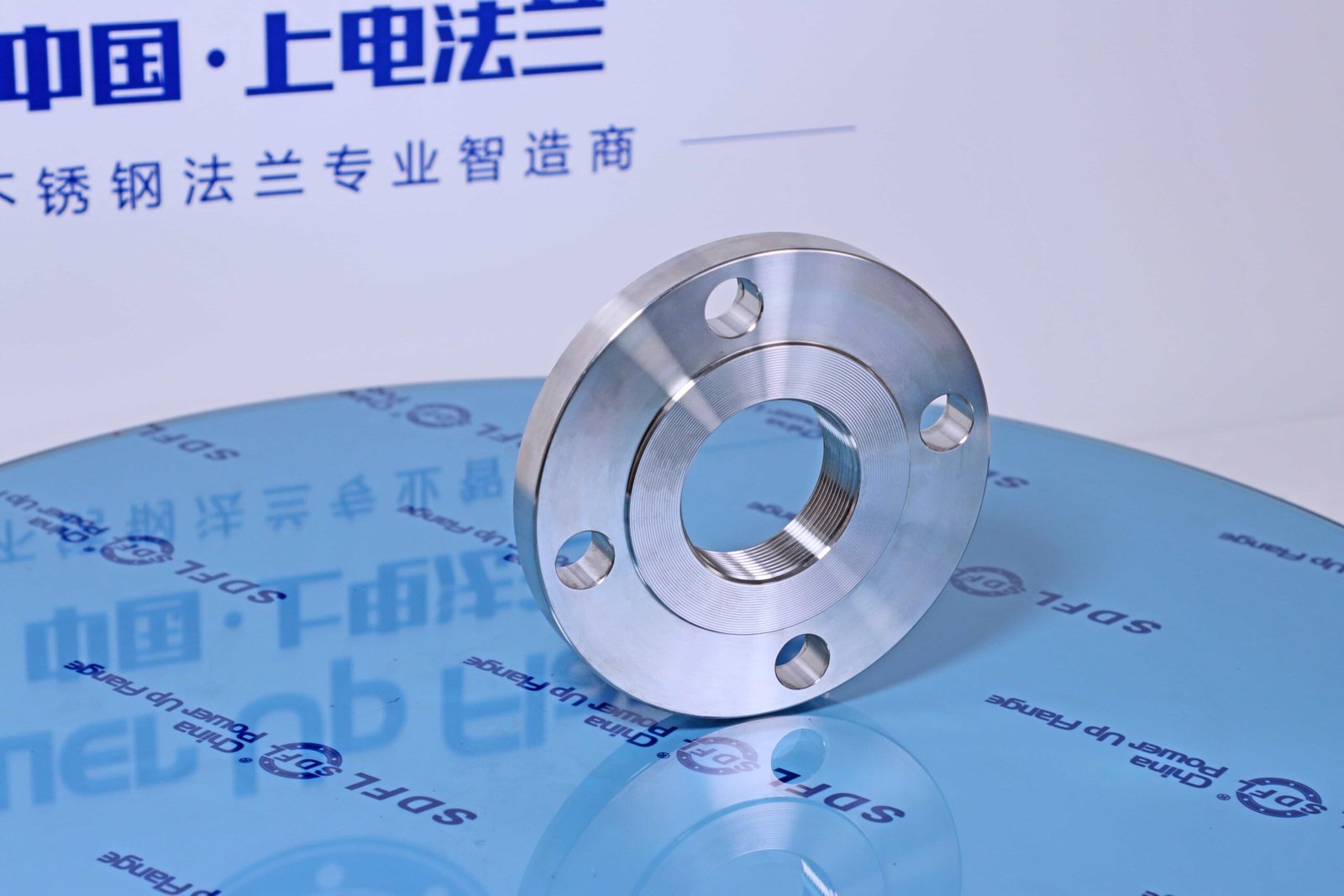International Standards:
- ASME B16.5(U.S. Standard):Class 150, 300, 900
- EN 1092-1(European Standard): PN6 to PN25.
- JIS B2220(Japanese Industrial Standard):5K to 16K
- GOST 12820-80(Russian/CIS Standard): 0.1 MPa to 1.6 MPa
- SABS 1123(South African Standard): PN6 to PN16.
- DIN 2566 : PN6 to PN16.
- BS 4504(British Standard): PN6 to PN16.
Pros:
- Easy Installation: No welding required; ideal for quick assembly or retrofitting.
- Cost-Effective: Lower labor and equipment costs compared to welded flanges.
- Material Flexibility: Suitable for non-weldable materials (e.g., cast iron, plastic-lined pipes).
- Reusability: Can be unscrewed and reused, reducing replacement costs.
- Safety: Avoids welding sparks in flammable or explosive environments.
Cons:
- Low Pressure Tolerance: Limited to PN25/Class 300 or below; unsuitable for high-pressure systems.
- Leak Risk: Threads may loosen under vibration or thermal cycling, requiring sealants (e.g., PTFE tape).
- Weak Structural Integrity: Threads can strip or corrode over time, especially in high-temperature or corrosive environments.
- Limited Sizes: Typically used for small diameters (≤4 inches/100 mm).
- Maintenance Challenges: Disassembly may damage threads, necessitating replacement.
Description
A Threaded Flange (also called a Screwed Flange) is a type of flange with internal threads that match the external threads of a pipe. It is screwed onto the pipe without welding, making it ideal for low-pressure systems or applications where welding is impractical (e.g., hazardous environments, small-diameter pipes).
-7.jpg)

-3.jpg)
-1.jpg)



Don –
GOOD.